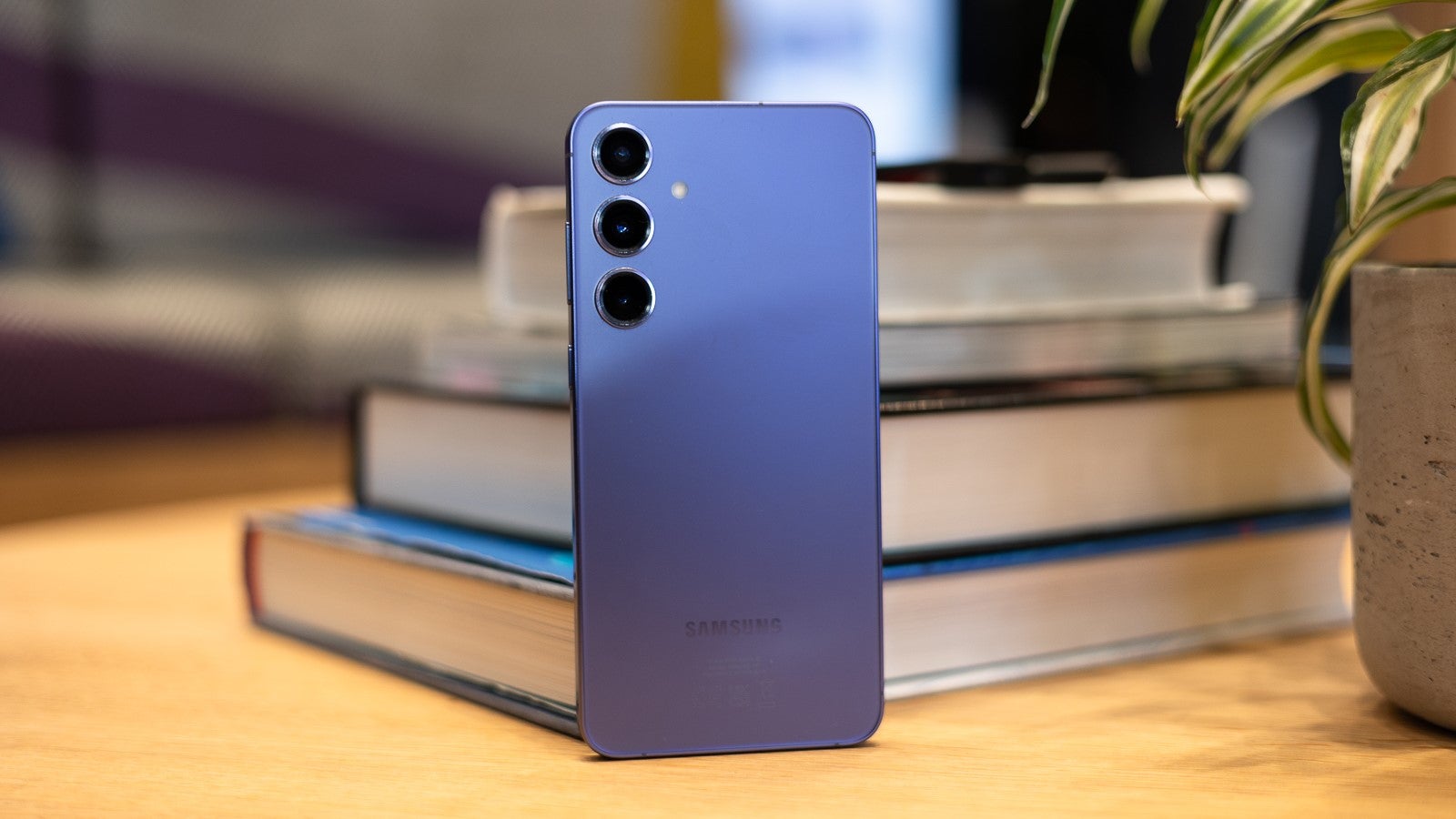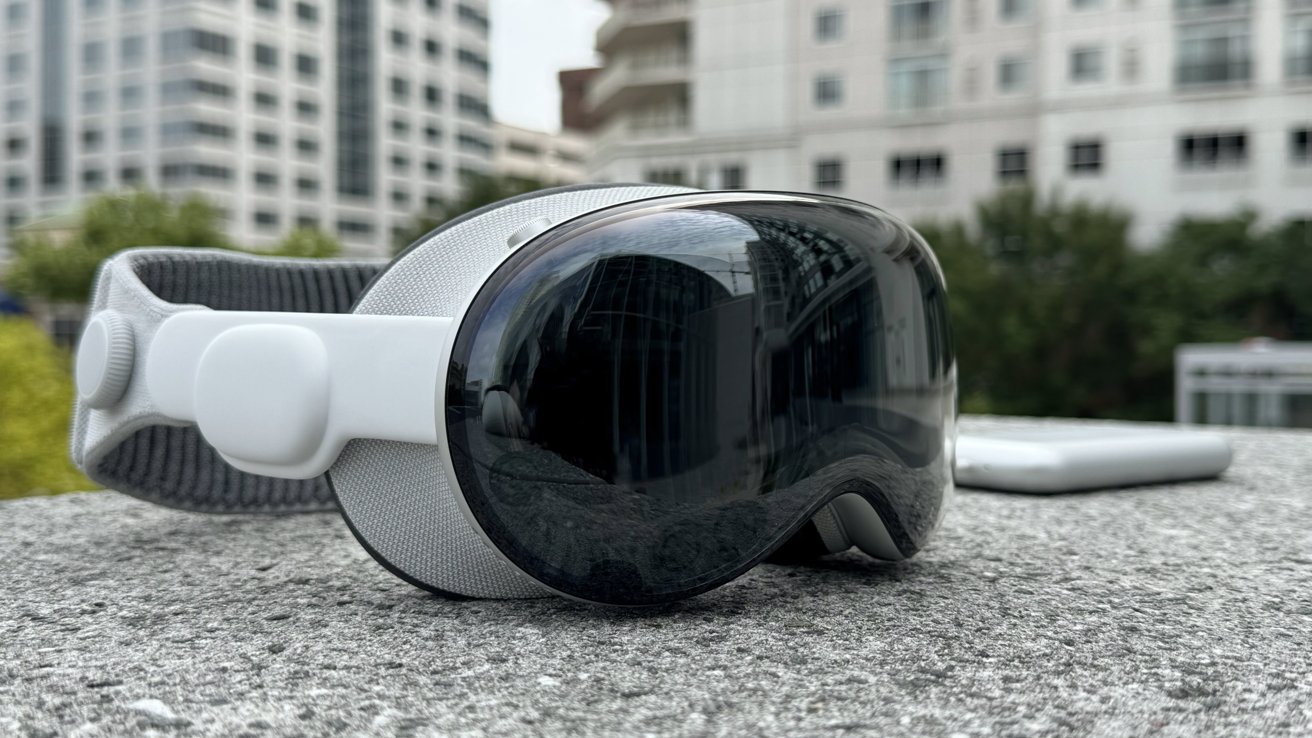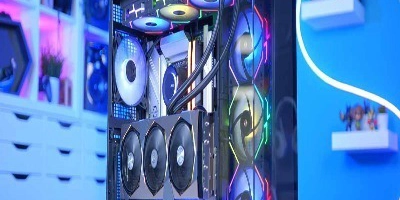Fancy Adding a Transputer Or Two To Your Atari ST?
Has anybody heard of the ATW800 transputer workstation? The one that used a modified Atari ST motherboard as a glorified I/O controller for a T-series transputer? No, we hadn’t either, …read more


Has anybody heard of the ATW800 transputer workstation? The one that used a modified Atari ST motherboard as a glorified I/O controller for a T-series transputer? No, we hadn’t either, but transputer superfan [Axel Muhr] has created the ATW800/2, an Atari Transputer card, the way it was meant to be.
The transputer was a neat idea when it was conceived in the 1980s. It was designed specifically for parallel and scientific computing and featured an innovative architecture and dedicated high-speed serial chip-to-chip networking. However, the development of more modern buses and general-purpose CPUs quickly made it a footnote in history. During the same period, a neat transputer-based parallel processing computer was created, which leveraged the Atari ST purely for its I/O. This was the curious ATW800 transputer workstation. That flopped as well, but [Axel] was enough of a fan to take that concept and run with it. This time, rather than using the Atari as a dumb I/O controller, the card is explicitly designed for the Mega-ST expansion bus. A second variant of the ATW800/2 is designed for the Atari VME bus used by the STe and TT models—yes, VME on an Atari—it was a thing.
The card hosts an FPGA module, specifically the Tang 20k, that handles the graphics, giving the Atari access to higher resolutions, HDMI output, and GPU-like acceleration with the right code. The FPGA also contains a ‘synthetic’ transputer core, compatible with the Inmos T425, with 6Mb of RAM to play with. Additionally, the board contains an original Inmos C011 link adapter chip and a pair of size-1 TRAM slots to install two physical transputer cards. This allows a total of two transputers, each with its dedicated RAM, to be installed and networked with the synthetic transputer and the host system. The FPGA is configured to allow the host CPU and any of the transputers direct access to the video RAM, so with proper coding, the same display can mix 68K and parallel computing applications simultaneously. The original ATW800 couldn’t do that!
In addition to the transputer support and boosted graphics, the card also provides a ROM big enough to switch between multiple Atari TOS versions, USB loop-through ports to hook up to a lightning-ST board, and a MicroSD slot for extra local storage. What a project!
If you don’t know what the transputer is (or was), read our quick guide. Of course, forty-year-old silicon is rare and expensive nowadays, so if you fancy playing with some hardware, might we suggest using a Pi Pico instead?
Thanks to [krupkaj] for the tip!











































































![Apple Planning Bezel-Free iPhone With 'Four-Sided Bending' Display [Report]](https://www.iclarified.com/images/news/97321/97321/97321-640.jpg)
![Apple's 20th Anniversary iPhone May Feature Bezel-Free Display, AI Memory, Silicon Anode Battery [Report]](https://www.iclarified.com/images/news/97323/97323/97323-640.jpg)
![Vision Pro May Soon Let You Scroll With Your Eyes [Report]](https://www.iclarified.com/images/news/97324/97324/97324-640.jpg)


















![Review: Sonnet MacCuff mini – a well-designed M4 Mac mini mount [Video]](https://i0.wp.com/9to5mac.com/wp-content/uploads/sites/6/2025/05/Sonnet-MacCuff-mini-2024-Mac-Review.jpg?resize=1200%2C628&quality=82&strip=all&ssl=1)








-xl.jpg)


















































































_Gang_Liu_Alamy.jpg?width=1280&auto=webp&quality=80&disable=upscale#)





















































































































![[The AI Show Episode 147]: OpenAI Abandons For-Profit Plan, AI College Cheating Epidemic, Apple Says AI Will Replace Search Engines & HubSpot’s AI-First Scorecard](https://www.marketingaiinstitute.com/hubfs/ep%20147%20cover.png)
























![How to Enable Remote Access on Windows 10 [Allow RDP]](https://bigdataanalyticsnews.com/wp-content/uploads/2025/05/remote-access-windows.jpg)






















































































![[DEALS] The 2025 Ultimate GenAI Masterclass Bundle (87% off) & Other Deals Up To 98% Off – Offers End Soon!](https://www.javacodegeeks.com/wp-content/uploads/2012/12/jcg-logo.jpg)
















































































































































